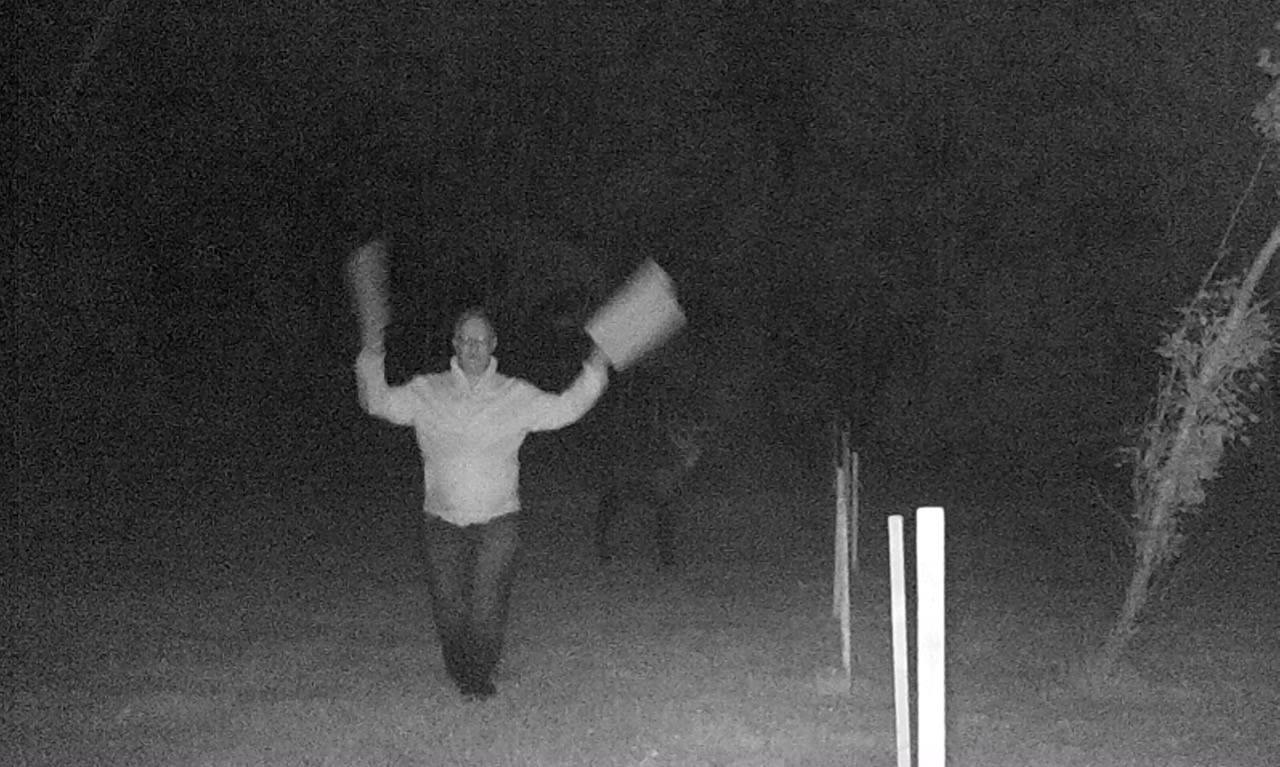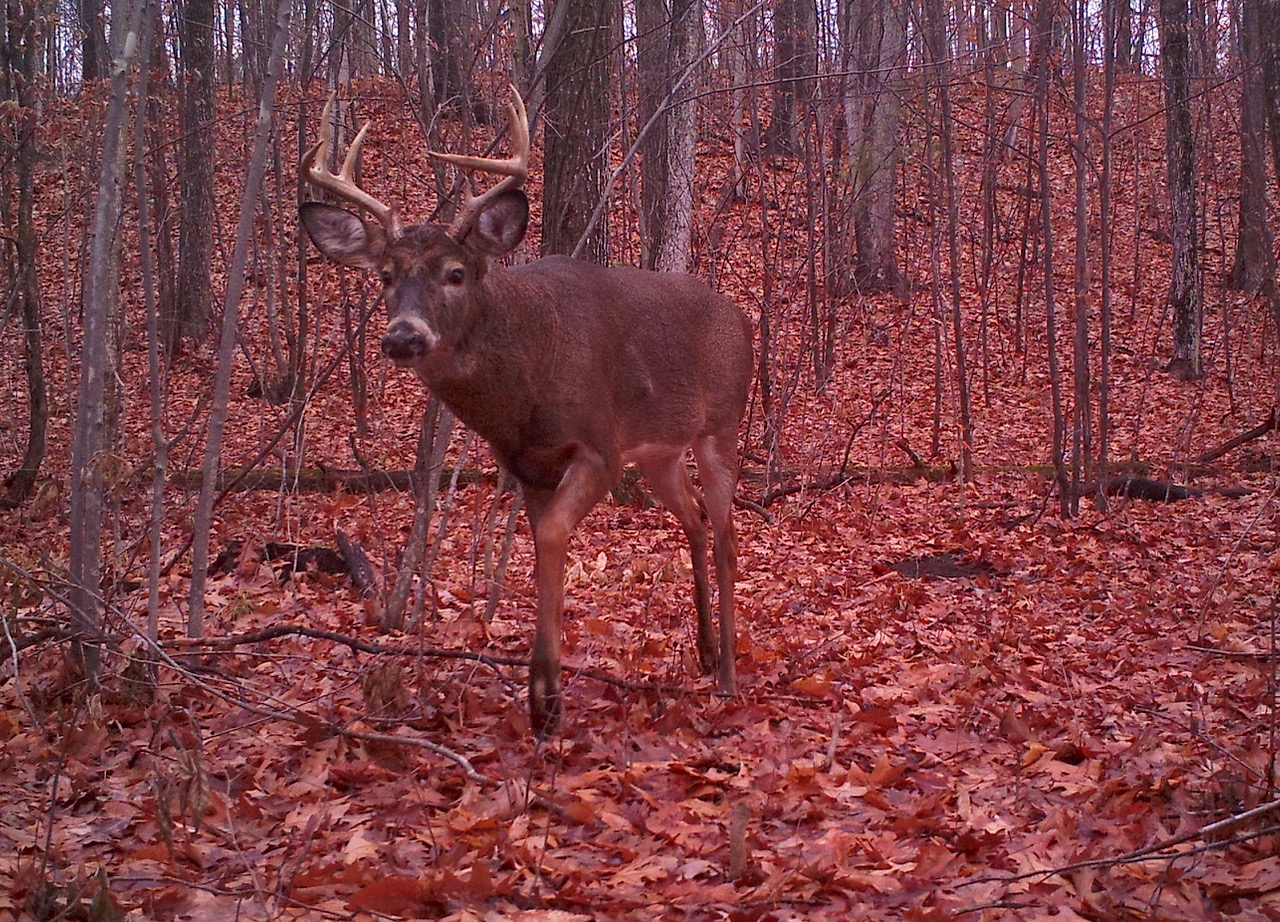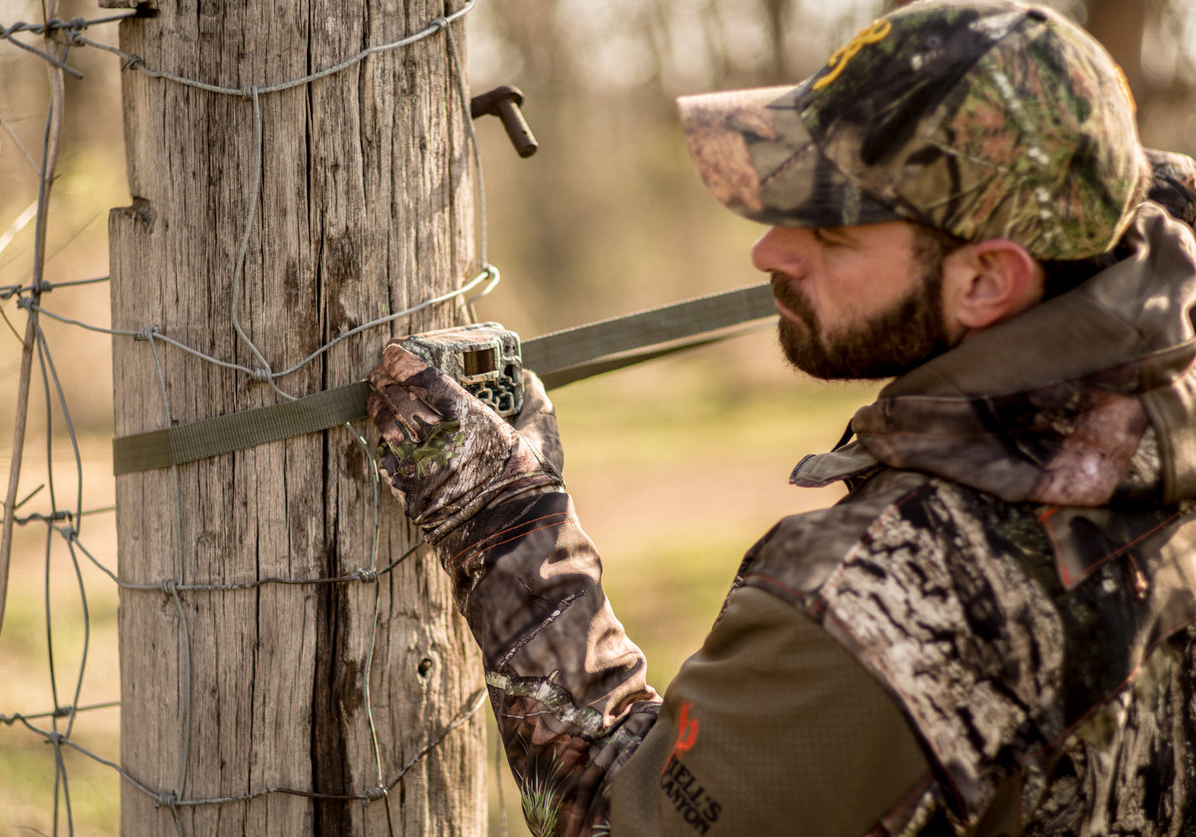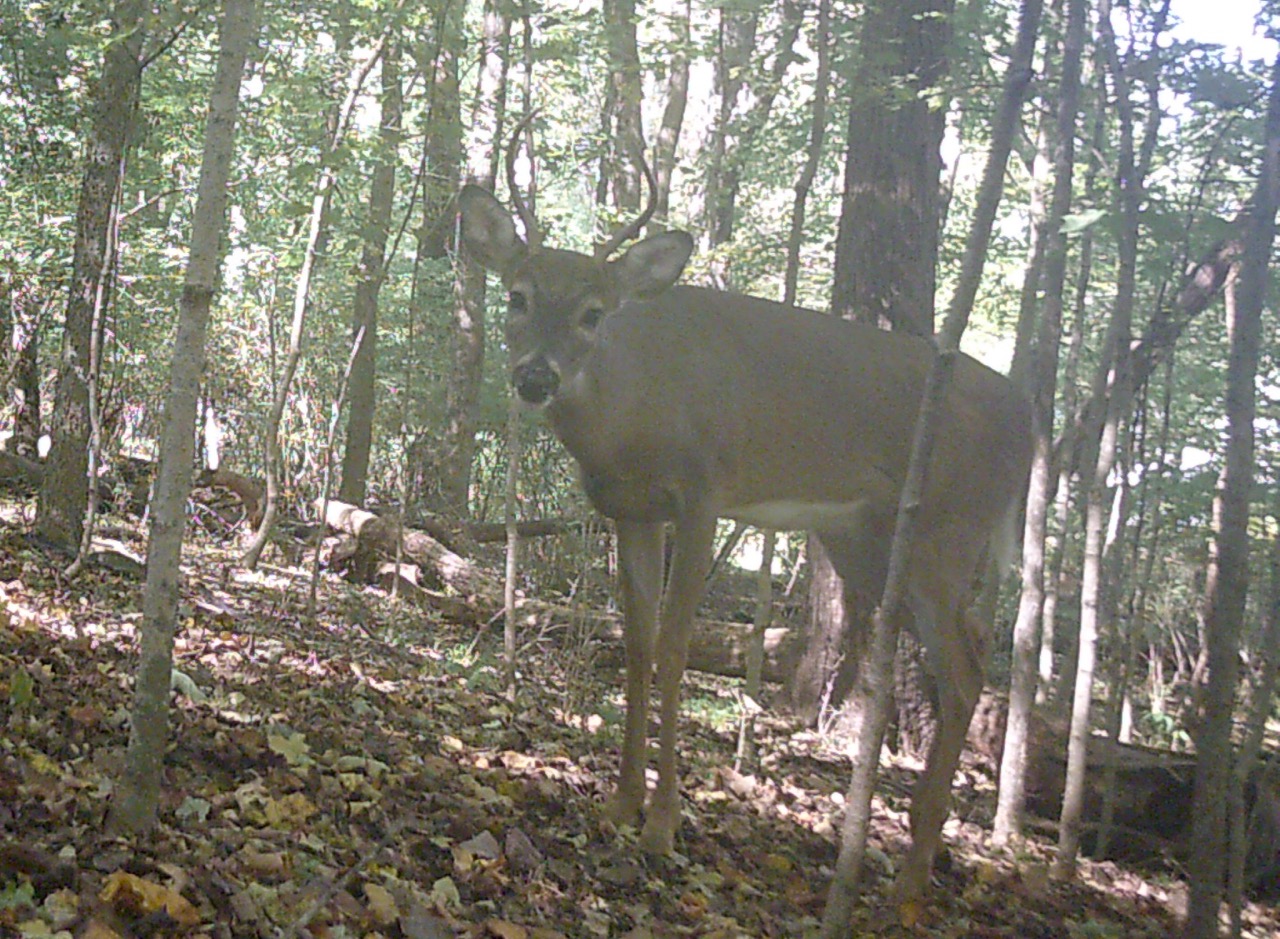Watch and learn
To get the most out of your trail cameras, there’s more to consider than meets the eye
Advertisement
It’s no exaggeration to say that trail cameras have changed the way many people hunt. Along with providing a fun and exciting way to take wildlife photos, they can also deliver valuable information on animal movements and behaviour. And since so many hunters are using trail cameras, they must be easy to operate, right? Not so fast.
Advertisement
To properly manage trail cameras, you need to be as secretive as a Joint Task Force 2 operative on a covert operation. If you don’t watch your trail, mind your scent and carefully consider when to check your cameras’ memory cards, you could educate and scare off your intended quarry. To ensure you get the intel photos you need from your cameras, here’s what you need to consider.
[easy-tweet tweet=”To get the most out of your trail cameras, there’s more to consider than meets the eye” user=”OutdoorCanada” hashtags=”hunting, trailcam, huntingisconservation”]
#1 KNOW YOUR GEAR
Read your camera’s manual and get to know the settings well before you head afield to set it up. In particular, most high-end cameras feature trail, feeder and field settings options. The trail setting will give you a better chance of catching a buck trailing a doe, while the feeder setting will keep you from filling your card with photos of the same feeding deer, thanks to a longer interval between photos. As for field mode, the time-lapse technology lets you snap images automatically at preset intervals of one minute to one hour, within the time span of your choice. Also in field mode, you can use your trail cam for long-range observation of your hunting grounds in a much larger coverage area since it’s not triggered by game.
Advertisement

I recommend a mid-range setting of four to six megapixels when first setting up your camera, as the moderate photo size will take up less space on the camera’s memory card. Unless you plan on putting the image in a magazine, you really don’t need a higher resolution than that anyway. There are 24-megapixel cameras available, if you really need images that big and you’re able to sort and store extreme amounts of data.
#2 DO A TEST
Set up your camera in your backyard to see what types of images you get. Are they blurry? Are you cutting people off at the neck in the pictures? You can learn a lot by playing with the camera, so try the factory settings at first, and if you don’t like the results, use the manual settings until you have what you want. Let’s face it, if you can’t get good images under controlled circumstances, you’ll never get the shots you want in the wild.
#3 PLAN YOUR APPROACH
When you find a spot with a lot of game sign to set up your trail cameras, the last thing you want to do is leave behind human scent to bump animals from their routine. If you spook deer, for example, they will stay away, particularly adult bucks. It’s important, therefore, to approach your trail camera locations with the same stealth you would use to reach your treestand sites. Place your cameras in places where your scent does not cross game trails, or bedding or feeding areas. Fortunately, many manufacturers have greatly improved the range of their trail cameras so you can set them a little farther back.

Before setting up a camera for the first time, store it in a plastic tub with spruce branches, leaves or cut grass from the area where you intend to use it. The natural smells will help mask the human odours and those of the packaging the camera came in. Also spray your hands, and any parts of the camera you touch, with a scent eliminator. The same applies every time you check the memory card—unless you opt for a wireless camera that you can check without ever disturbing your site.
To create the least amount of disturbance, drive as close as possible to your camera site and, wearing rubber boots, use the same trail in and out. That way, you greatly reduce the risk of leaving human odours behind. Game animals are typically used to machinery and equipment, and don’t get as alarmed as when they smell people.


